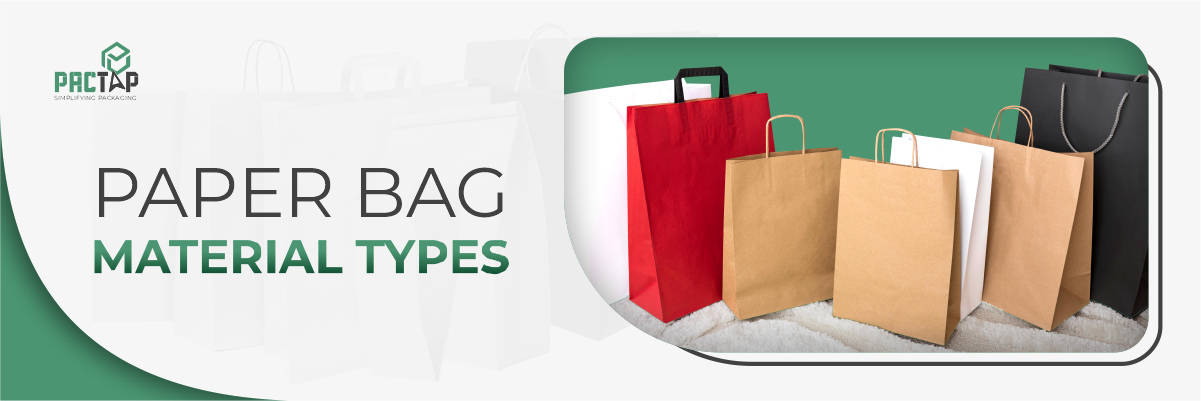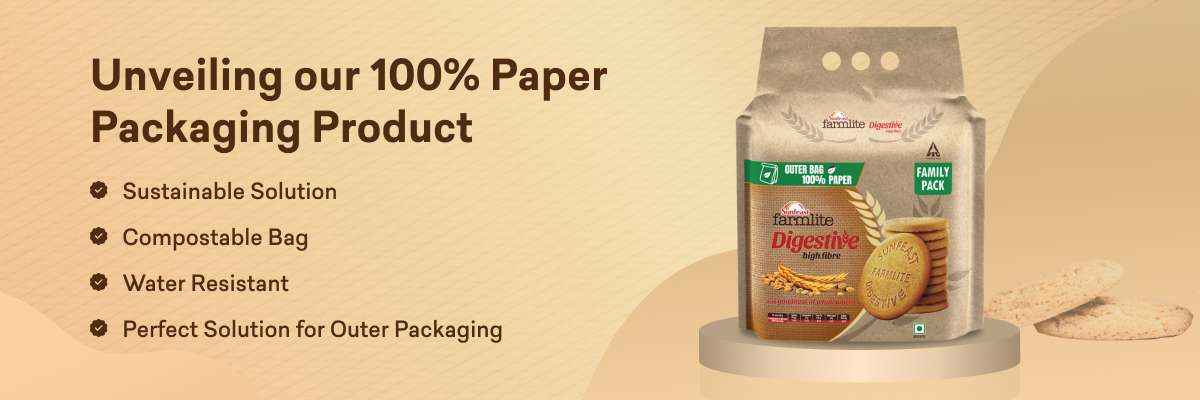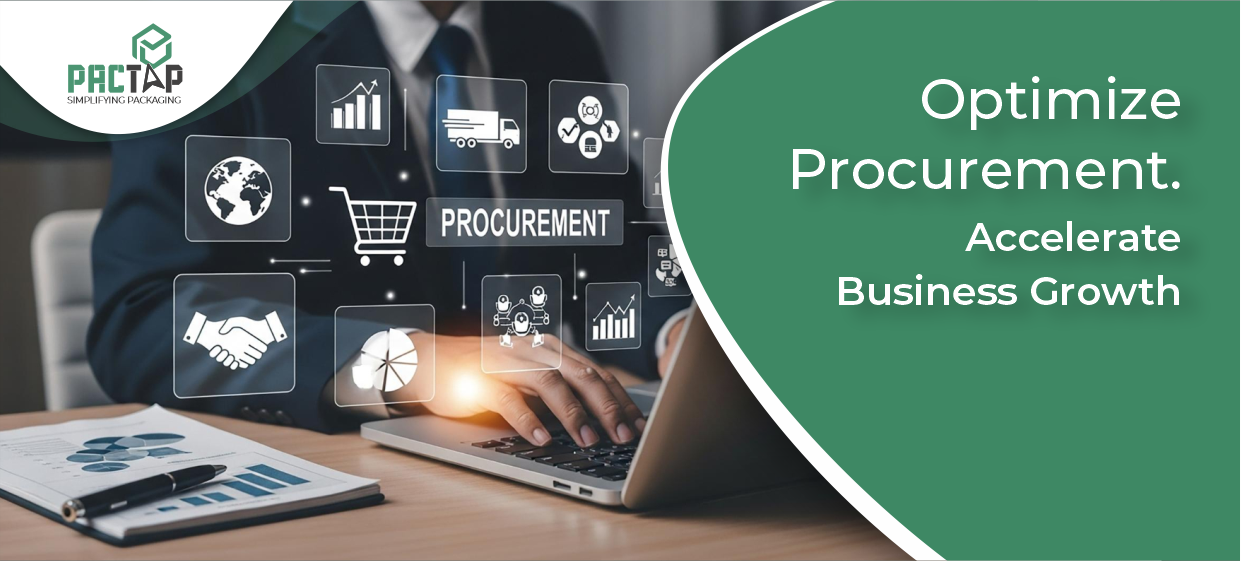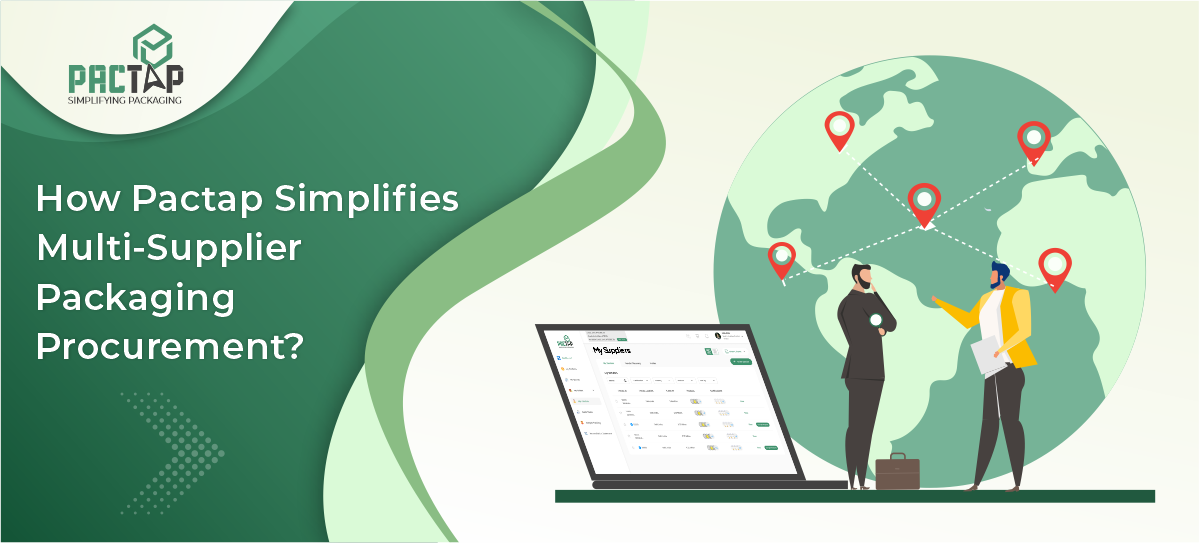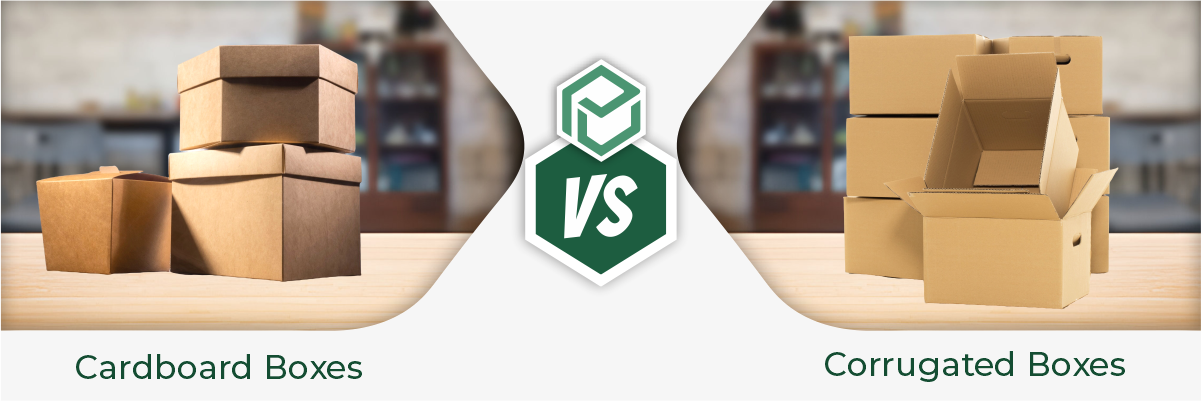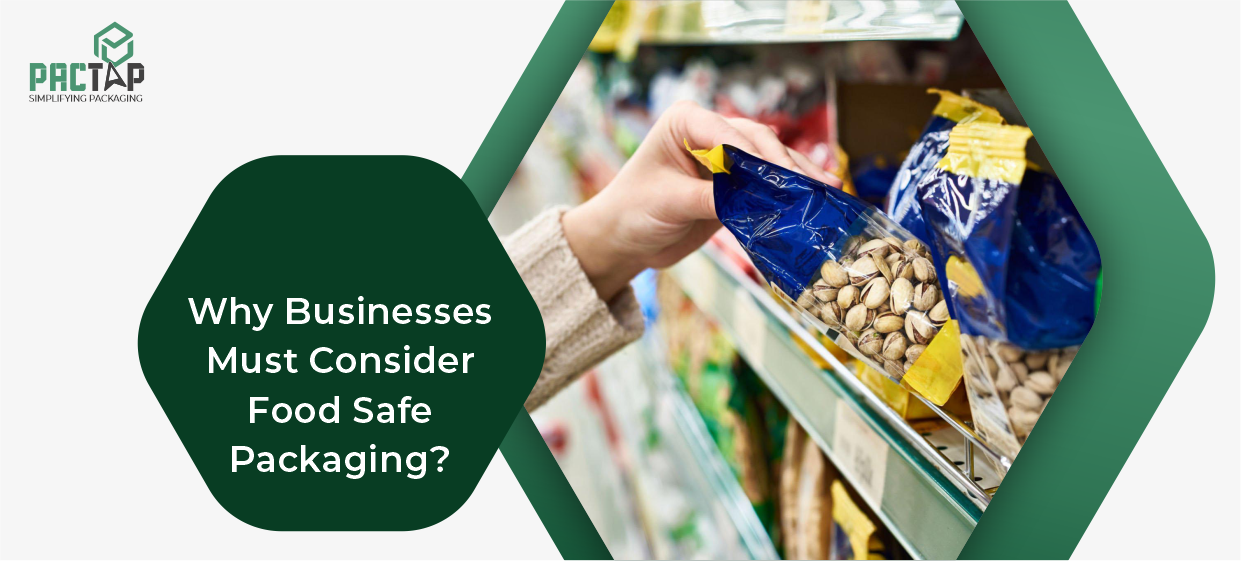Paper bags are a common part of our daily lives, used for everything from carrying groceries to presenting gifts. But with a variety of paper bag material types available, selecting the right one can be crucial for both functionality and brand image. This comprehensive guide delves into the most common paper bag materials, their properties, and how they can benefit your business.
Understanding Paper Bag Structure: Body and Handles
Before exploring specific materials, it’s essential to understand the two key components of a paper bag:
- Body: This is the main part of the bag, responsible for carrying weight and protecting the contents. Material choices significantly impact durability, aesthetics, and printability.
- Handles: These allow for convenient carrying. Handles can be crafted from the same material as the body or a contrasting material for added strength and style. Common handle types include twisted paper, flat paper, rope, and ribbon.
Popular Paper Bag Material Types: Selecting the Perfect Match
Now, let’s explore the most widely used paper bag materials, each offering distinct advantages:
Kraft Paper
Kraft paper, the quintessential paper bag material, is derived from unbleached wood pulp. Its natural brown hue and coarse texture lend it a rustic charm while its robust nature makes it ideal for carrying heavier items.
- Eco-friendliness: Kraft paper’s biodegradable and recyclable qualities align with contemporary environmental concerns. It’s a popular choice for businesses seeking to promote sustainability and reduce their carbon footprint.
- Versatility: From grocery shopping to packaging fragile items, kraft paper bags cater to a wide range of applications. Their unadorned aesthetic makes them suitable for various occasions, from casual outings to formal events.
- Durability: The inherent strength of kraft paper ensures that it can withstand the rigors of everyday use. Its ability to carry heavy loads without tearing or puncturing makes it a reliable choice for transporting goods.
- Customizability: While kraft paper’s natural brown color is often preferred, it can be easily customized with printing, embossing, or other techniques. This allows businesses to add their brand identity or create personalized messages.
White or Black Cardstock
Cardstock, a thicker and more rigid paper than kraft paper, offers a more premium appearance. Its smooth surface and crisp edges provide a polished look that is ideal for gift packaging, product displays, and other applications where aesthetics are paramount.
- Aesthetics: White or black cardstock provides a sleek and sophisticated look, ideal for luxury retail bags, gift bags, or packaging for high-end products.
- Sturdiness: Cardstock’s thickness and rigidity make it well-suited for carrying heavier or more delicate items. Its structural integrity ensures that products remain protected during transit.
- Versatility: Cardstock bags can be used for a variety of purposes, from gift packaging to product displays. Their versatility allows businesses to create visually appealing and functional packaging solutions.
- Printability: Cardstock accepts high-quality printing, allowing for vibrant colors and intricate designs that enhance brand recognition.
- Customization: Cardstock is highly customizable, allowing businesses to add their logo, branding elements, or personalized messages. The smooth surface provides an excellent canvas for printing, embossing, and other finishing techniques.
Coated Paper
Coated paper is a type of paper that has been treated with a coating, often made from plastic or wax. This coating gives the paper a smooth, glossy finish and provides additional protection against moisture and other elements.
- Aesthetics: Coated paper’s glossy finish creates a luxurious and upscale appearance. It is often used for high-end products and gift packaging where visual appeal is a priority.
- Durability: The coating provides a protective barrier that helps to prevent moisture and other elements from damaging the contents of the bag. This makes coated paper a suitable choice for packaging products that are sensitive to moisture or other environmental factors.
- Customization: Coated paper can be customized with printing, embossing, or other techniques to create unique and visually appealing designs. The smooth surface provides an excellent canvas for these finishing treatments.
Specialty Papers
Specialty papers encompass a wide range of materials with unique properties, such as metallic finishes, textures, or patterns. These papers offer a distinctive and luxurious appearance that can elevate the overall presentation of a product.
- Visual Appeal: Specialty papers can add a touch of elegance and sophistication to packaging. Their unique characteristics can help to create a memorable and visually appealing impression on consumers.
- Versatility: Specialty papers can be used for a variety of applications, from gift packaging to marketing materials. Their versatility allows businesses to create custom packaging solutions that reflect their brand identity and target audience.
- Customization: Specialty papers can be customized with printing, embossing, or other techniques to create truly one-of-a-kind packaging. The unique properties of these materials can be combined with other elements to create visually stunning designs.
Art Paper
Art paper is a high-quality paper that is often used for printing and packaging. It is known for its smooth surface, bright white color, and excellent print quality.
- Printing Quality: Art paper provides an ideal surface for high-resolution printing. Its smooth texture ensures that colors are vibrant and text is crisp and clear.
- Aesthetics: Art paper’s bright white color and smooth finish create a clean and professional appearance. It is often used for packaging high-end products or for applications where visual appeal is a priority.
- Versatility: Art paper can be used for a variety of applications, from gift packaging to product displays. Its versatility allows businesses to create visually appealing and functional packaging solutions.
SBS Paper
SBS (Solid Bleached Sulfate) paper is a durable and high-quality paper that is often used for packaging applications. It is known for its strength, tear resistance, and puncture resistance.
- Durability: SBS paper’s robust construction makes it well-suited for packaging heavy or fragile items. Its strength ensures that products remain protected during transit.
- Versatility: SBS paper can be used for a variety of packaging applications, from shipping boxes to product displays. Its versatility allows businesses to create custom packaging solutions that meet their specific needs.
- Eco-friendliness: SBS paper is often made from sustainable sources, making it a responsible choice for businesses that prioritize environmental sustainability.
Flocked Papers
Flocked paper is a type of paper that has been treated with a flocking material, which gives it a soft, velvety texture. This unique texture adds a touch of luxury and sophistication to the packaging.
- Aesthetics: Flocked paper’s soft and velvety texture creates a luxurious and indulgent feel. It is often used for high-end products and gift packaging where visual appeal is a priority.
- Versatility: Flocked paper can be used for a variety of applications, from gift packaging to marketing materials. Its unique texture can help to create a memorable and visually appealing impression on consumers.
- Customization: Flocked paper can be customized with various colors and textures to create unique and visually appealing designs. The soft and velvety texture provides a luxurious backdrop for printing and other finishing techniques.
Translucent Papers
Translucent paper is a type of paper that is partially see-through. It allows some light to pass through while still providing a degree of privacy. This unique property can create a visually interesting effect.
- Visual Appeal: Translucent paper can add a touch of intrigue and mystery to packaging. Its ability to allow some light to pass through can create a visually interesting effect that draws attention to the product inside.
- Versatility: Translucent paper can be used for a variety of applications, from gift packaging to marketing materials. Its unique properties can help to create custom packaging solutions that stand out from the crowd.
- Customization: Translucent paper can be customized with printing, embossing, or other techniques to create unique and visually appealing designs. The translucent quality of the paper can be combined with other elements to create visually interesting effects.
Glimmer Papers
Glimmer paper is a type of paper that has a shimmering, metallic finish. This metallic finish can add a touch of luxury and sophistication to packaging.
- Aesthetics: Glimmer paper’s shimmering metallic finish creates a glamorous and upscale appearance. It is often used for high-end products and gift packaging where visual appeal is a priority.
- Versatility: Glimmer paper can be used for a variety of applications, from gift packaging to marketing materials. Its unique properties can help to create custom packaging solutions that stand out from the crowd.
- Customization: Glimmer paper can be customized with various colors and finishes to create unique and visually appealing designs. The metallic finish can be combined with other elements to create visually stunning effects.
Pearl Papers
Pearl paper is a type of paper that has a pearlescent finish, which gives it a subtle shimmer. This pearlescent finish can add a touch of elegance and sophistication to packaging.
- Aesthetics: Pearl paper’s pearlescent finish creates a subtle and elegant appearance. It is often used for high-end products and gift packaging where visual appeal is a priority.
- Versatility: Pearl paper can be used for a variety of applications, from gift packaging to marketing materials. Its unique properties can help to create custom packaging solutions that stand out from the crowd.
- Customization: Pearl paper can be customized with various colors and finishes to create unique and visually appealing designs. The pearlescent finish can be combined with other elements to create visually stunning effects.
Watercolor Papers
Watercolor paper is a type of paper that is designed for use with watercolor paints. It is known for its absorbent properties and its ability to withstand multiple layers of paint.
- Printing Quality: Watercolor paper can be used for high-quality printing applications, especially when combined with water-based inks. Its absorbent properties ensure that colors are vibrant and text is crisp and clear.
- Versatility: Watercolor paper can be used for a variety of applications, from gift packaging to art projects. Its unique properties make it a versatile choice for businesses that require high-quality paper for printing or creative projects.
- Customization: Watercolor paper can be customized with printing, embossing, or other techniques to create unique and visually appealing designs.
The absorbent properties of the paper can be combined with other elements to create visually interesting effects.
How to Choose the Right Paper Bag Material for Your Business?
The ideal paper bag material depends on several factors:
- Product: Consider the weight, size, and sensitivity of your product. Heavier items require strong kraft paper, while delicate items might benefit from the structure of cardstock.
- Brand Image: Kraft paper conveys a natural and rustic feel, while cardstock or coated paper exudes sophistication. Choose a material that aligns with your brand identity.
- Functionality: Think about whether you need moisture resistance, printability, or a specific weight capacity.
- Budget: Kraft paper is the most cost-effective option, while specialty papers may be more expensive.
What are the Benefits of Using Paper Bags for Business?
Paper bags offer a multitude of advantages for businesses:
- Sustainability: Paper bags are biodegradable and recyclable, aligning with eco-conscious consumer preferences.
- Durability: Many paper bag materials offer excellent tear and weight resistance, protecting your products during transport.
- Branding: Paper bags create a mobile billboard for your brand with high-quality printing of logos and marketing messages.
- Versatility: Paper bags come in various sizes, styles, and materials to suit diverse needs. From small gift bags to large shopping bags, you can find the perfect fit for your product.
- Cost-Effectiveness: Compared to other packaging options like plastic or reusable bags, kraft paper bags are a budget-friendly choice.
- Customization: Paper bags offer extensive customization possibilities. You can choose the material, size, handle type, and printing options to create a unique and brand-specific packaging solution. This can enhance brand recognition and customer experience.
What are the Paper Bag Uses Beyond Shopping?
Paper bags extend far beyond grocery shopping. Here are some additional applications:
- Retail: Luxury boutiques use high-quality paper bags with custom printing to elevate the shopping experience and promote brand identity.
- Restaurants and Takeout: Greased-resistant paper bags are ideal for packaging hot and greasy food items like fries, burgers, or fried chicken.
- Gift Giving: Decorative paper bags with interesting patterns or metallic finishes add a special touch to gifts.
- Event Bags: Custom-printed paper bags are perfect for conferences, trade shows, or promotional events.
- Packaging for Fragile Items: Cardstock or rigid paper bags offer additional protection for delicate items like jewelry or artwork.
Paper Bag Regulations and Considerations
- Sustainability Regulations: Be aware of local regulations regarding plastic bag bans or restrictions. Paper bags can be a sustainable alternative that complies with such regulations.
- Food Safety: For food packaging, choose materials that are safe for contact with food and comply with relevant regulations.
Weight Limits: Ensure the chosen paper bag material can handle the weight of your product to avoid breakage or spillage.
Conclusion
Paper bags offer a versatile, sustainable, and cost-effective packaging solution for businesses of all sizes. By understanding the various paper bag material types, their properties, and their benefits, you can make an informed decision that aligns with your brand identity, product needs, and budget. With their customizable nature and potential for high-quality printing, paper bags can become an extension of your marketing strategy, promoting brand awareness and enhancing the customer experience. So, ditch the plastic and embrace the power of paper!
